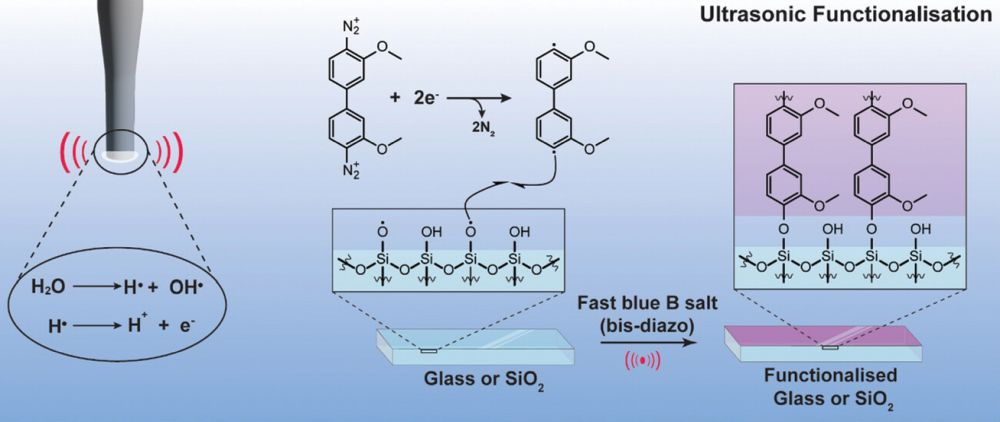
[Image above] These 3D-printed owls were created using a novel 3D printing method called speed-modulated ironing that enables the fabrication of single-material objects with varied properties and high precision. Credit: Ozdemir et al., Massachusetts Institute of Technology
Additive manufacturing has taken the world by storm in the past decade, transforming how we process materials on both small and large scales. But there still is a lot of room for improvement to expand the capabilities of these technologies.
For example, to create parts with different colors, textures, or properties, typically material extrusion-based techniques, such as fused deposition modeling and direct ink writing, are used. These methods generally require multiple materials and nozzles to obtain parts with different properties.
Material extrusion-based techniques typically only deposit one material per region, which impedes the fabrication of graded transitions. Materials can be mixed beforehand to create homogeneous or segmented filaments for extrusion through a single nozzle, but this approach requires additional or custom hardware or printer modifications.
Sometimes a single material can be used to create objects with varied colors, textures, and properties. This solution is possible with thermoresponsive materials, such as foaming and wood-filled filaments. Changing the printing nozzle temperature causes these filaments to change color or expand at different rates, for example, resulting in a product with different properties.
Compared to multimaterial extrusion, temperature-activated single-material filaments have the benefits of lower costs, less rework, and a smoother workflow. However, the temperature of the extrusion nozzle cannot be changed quickly, which limits the resolution of the property variations.
To overcome the nozzle temperature limitation, researchers at Delft University of Technology in the Netherlands and Massachusetts Institute of Technology’s Computer Science & Artificial Intelligence Laboratory developed a novel extrusion method called speed-modulated ironing. The process uses a standard dual-extruder 3D printer but modifies how each nozzle is used.
Instead of extruding material through both nozzles, only the first nozzle lays down the filament at a low temperature. Then, the second empty nozzle passes over and slightly touches (“irons”) the deposited layer at a higher temperature to activate the property changes.
The second nozzle maintains constant temperature, but modulating the nozzle speed allows each area to receive more or less heat. Thus, regionally specific changes in heating are possible, resulting in high-resolution variations in shading, texture, and properties not achievable with previous methods.
The researchers demonstrated their ironing method with three thermoresponsive materials: a foaming filament (LW-PLA), a filament containing wood fibers, and a filament containing cork particles. These filaments respond to temperature changes by changing color, roughness, transparency, and gloss.
Three parameters of the ironing method were investigated: temperature, speed range, and nozzle height. Results showed
- If the ironing temperature is too high or the speed too low, the part can be damaged, producing a rough surface or even holes.
- A too-high nozzle height results in insufficient reheating and no property changes.
- When the nozzle is too low, visible damage occurs.
Optimum results were obtained when the tip of the ironing nozzle was at the same height as the top of the printed layer.
The researchers demonstrated several applications where the color shade, translucency, and tactile texture were varied:
- Vases with local shade variations using filaments containing wood or cork.
- Several owl figurines with texture and shade variations, including reversed brightness and green color (using all three types of filaments).
- Transparent liquid containers with opaque design features using foaming filament LW-PLA.
- Bike handle with varying roughness for grip and decoration using black LW-PLA.
Overall, advantages of the speed-modulated ironing include
- Produces surface details such as small text, photos, and QR codes that are not possible with conventional fused deposition modeling.
- Allows fabrication of 3D scanned objects.
- Requires no hardware modifications or significant changes in printing strategy.
- Can use commonly used printing materials.
- Produces faster print times and less material waste.
- Uses less energy than common dual-material printing on the same machine.
The researchers developed a software tool that allows users to apply the ironing method to their own 3D printing setup. However, adapting the ironing method to other printers (only one type of printer was used in this research) requires a complete understanding of each printer’s operation and formatting.
In future work, the researchers plan to investigate other parameters, such as acceleration, to further optimize print time and resolution. The software tool, which only processes the top layer, will also be programmed to include the interior and bottom layers. This change will allow modification of mechanical properties.
The authors conclude, “We hope that our work represents a step toward a more versatile, expressive, and sustainable form of 3D printing, [enabling] further explorations in temperature-responsive materials.”
The open-access paper, published in Proceedings of the 37th Annual ACM Symposium on User Interface Software and Technology, is “Speed-modulated ironing: High-resolution shade and texture gradients in singe-material 3D printing,” (DOI: 10.1145/3654777.3676456).
Author
Laurel Sheppard
CTT Categories
- Manufacturing


